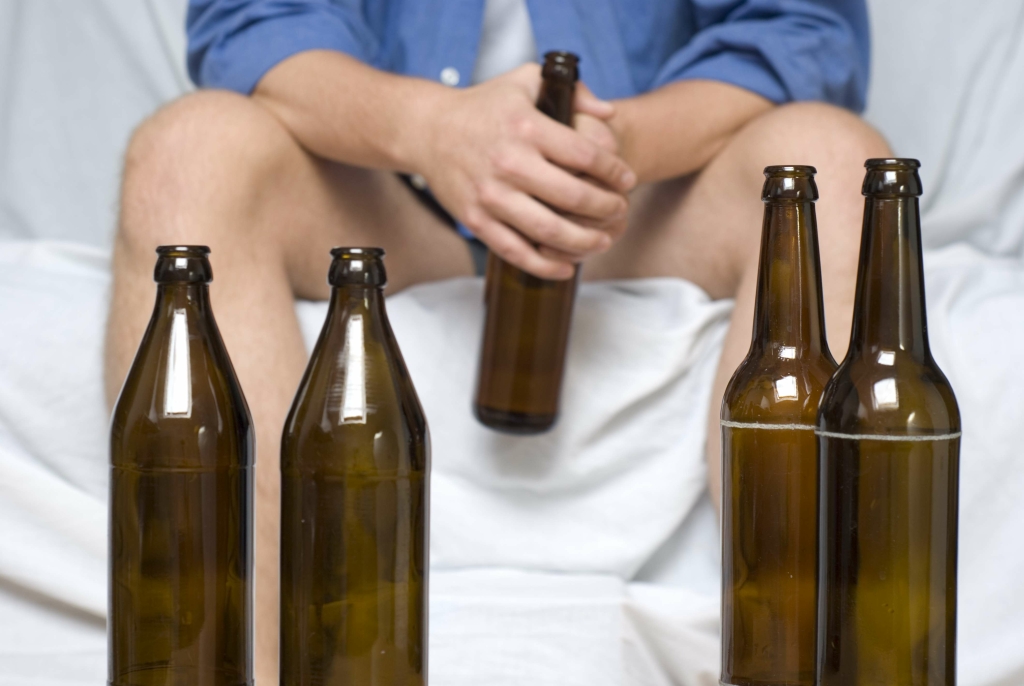Chưa có sản phẩm trong giỏ hàng.
Dopamine and Alcohol Dependence: From Bench to Clinic
In the process of undergoing these therapies, you find ways of disarming use triggers and stressors. Besides that, if you have a co-occurring mental health challenge, you manage it. Into Action Recovery Centers takes pride in providing a high level of treatment and a holistic approach to recovery for those who suffer from addiction. Our comfortable facility is designed with the client’s needs foremost in mind. Our staff includes master’s level counselors, licensed chemical dependency counselors, 24-hour nursing professionals, a staff psychiatrist, a staff chef, and direct care personnel.
- AB values were residual values from the linear regression analysis with the beverage effect added back; because this calculation provides a separate adjusted value for each trial type, a mean value was calculated to get a single AB score for each session.
- In the presence of high levels of the full agonist, a partial agonist will have functional antagonistic activity by binding to the receptor and preventing the response from the full agonist.
- Here, we aim to review the animal and human data describing the role of dopamine and the mesolimbic dopamine system during acute and chronic alcohol exposure.
- Several studies have shown that changes in the DA system in the CNS can influence drinking behaviors both in animals and in humans.
- Acetaldehyde is a toxin that can damage the body’s organs and tissues before it is further broken down into acetate.
Beverage effects on FC

Genes that predict medication effects are also being evaluated, but to date none has had consistent effects across studies. With the onset of the opioid epidemic in the past two decades, medications for opioid use disorder, such as methadone and buprenorphine, have entered the public consciousness. https://capitaltribunenews.com/top-5-advantages-of-staying-in-a-sober-living-house/ But medications for alcohol use disorder are less familiar to the public and used less frequently. The human brain uses a number of chemicals – known as neurotransmitters – to carry messages. One of the most important of these is dopamine, which is often thought of as a ‘happy hormone’.
Many treatments for alcohol use disorder exist but are rarely prescribed

When we start drinking alcohol, our bodies produce extra dopamine, which travels to the parts of the brain known as ‘reward centres’ – the bits that make us feel good and make us want to do more of whatever we’re doing [1]. When you first Sober House start drinking alcohol, the chemicals increase dopamine production. However, this harmonious relationship between dopamine and alcohol doesn’t last long. Unlike other drugs, which prevent the reuptake of dopamine, alcohol doesn’t do that.

Alcohol’s Actions as a Reinforcer: Dopamine’s Role
In addition to the effect of ethanol on DA release, it can also affect the functioning of DA receptors, particularly D2 and D1 receptors. The D1 receptor binds with excitatory G protein and activates adenylate cyclase (AC) via Gs; AC catalyzes the production of cAMP and cAMP regulates cAMP-dependent protein kinases to open calcium ion channels. D2 receptors bind with inhibitory G protein and thus reduce the production of AC and resulting cAMP. Although GABA activity doesn’t entirely explain alcohol’s effects and we don’t know exactly what the delta receptor does, a big part of the mystery seems to have come unraveled. Because GABA is the primary inhibitory neuron in the brain, it can affect virtually every system. These findings could explain why men are more than twice as likely as women to develop an alcohol use disorder.
Striatal activation to monetary reward is associated with alcohol reward sensitivity
Indeed, preclinical work emphasizes the role of NAc in stimulus-reward learning [17, 104], which extends to drug-related cues [22, 105,106,107]. This coherent FC relationship across AB tasks is also consistent with the significant correlations between behavioral measures of AB. Interactions between these two brain regions modulate responses to emotional stimuli [108,109,110] and may also underlie motivation for rewards [111].
- When compared alongside the male macaques from Cohort 2, which did not undergo multiple abstinence periods, we can begin to assess the effect of the abstinence periods on our measured outcomes, as well as, the persistence of these outcomes.
- Once a person does something that trips the brain’s reward center, they feel good and are more likely to repeat the activity.
- In the fifth edition of the diagnostic and statistical manual of mental disorders (DSM), the term alcohol use disorder was introduced and grossly defined as problem drinking that has become severe.
- Naltrexone can be taken daily by mouth or injected once per month, making it a better option for patients who might struggle to take a daily oral medication.
- The study further found that men exhibit a greater release of dopamine when they drink than women.
Albeit the preclinical data look promising regarding the glycine transporter‐1 inhibitor Org25935, the multicenter randomized clinical trial produced a negative outcome on alcohol intake, but did not discard the potential importance of the mechanism [207]. More promising clinical studies with varenicline show that this agent decreased alcohol consumption and craving in an experimental setting in heavy‐drinking smokers [208–210]. Moreover, data from a randomized clinical trial in alcohol‐dependent individuals show that the smoking cessation agent reduced the weekly percent heavy drinking days drinks, decreased the drinks per drinking day as well as prevented alcohol craving [211]. It should, however, be noted that recent clinical trials in alcohol‐dependent individuals were unable to find a beneficial effect of varenicline based on self‐reported alcohol consumption [212, 213]. Besides glycine receptors and nAChR, there are various signalling systems indirectly targeting the mesolimbic dopamine system with promising preclinical findings on alcohol‐mediated behaviours.
